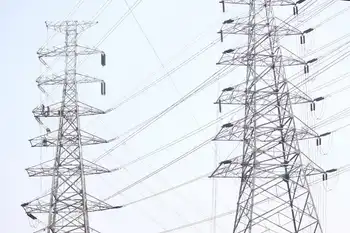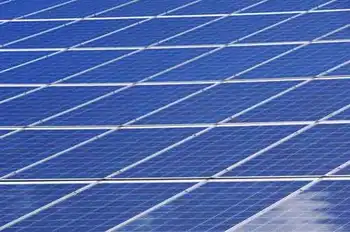Counselor has “deep concerns” over plant
EDWARDSPORT, INDIANA - Indiana's advocate for utility ratepayers said he is "deeply concerned" about the mounting cost of a coal-gasification plant Duke Energy Corp. is building and urged state regulators to protect Duke's customers from the cost overruns.
Indiana Utility Consumer Counselor David Stippler's comments came four months after Duke Energy revealed the cost of its southwestern Indiana plant had grown to nearly $2.9 billion, or about twice the project's original 2007 estimate.
In its April request to the Indiana Utility Regulatory Commission for permission to pass the higher costs onto its customers, Duke said those costs had risen $530 million, or 23 percent, since November largely due to design changes that required more materials.
Stippler said in a statement that his office, which represents ratepayers before the commission, scrutinized Duke's request and information the company provided about the project. He said he was not swayed by Duke's arguments.
Stippler said the review left him "deeply concerned about the dramatic rise in the project's costs in this short period of time" and also worried about Duke's "apparent inability" to control the 630-megawatt plant's costs.
"Utilities have a responsibility to demonstrate that rate-recovered costs, including increases to approved costs, are reasonable, necessary and prudent," he said. "Unfortunately, Duke Energy has not met this burden of proof" in its request that the panel allow it to add more than a half-billion dollars to the amount ratepayers would end up footing.
Stippler urged the commission, which has the final say on utilities' rate increase requests, to provide safeguards to Duke's customers by capping the plant's overall costs at an amount significantly lower than the $2.88 billion Duke wants customers to foot.
He also recommended the commission end a financial incentive allowing Duke to increase earnings by deferring income taxes. Stippler said removing that incentive would quickly save Duke's Indiana ratepayers tens of millions of dollars.
The IURC is scheduled to hold a hearing September 16 in Indianapolis on Duke's request.
If approved by regulators, Duke's Indiana customers would see on average an overall 19 percent rate increase phased in by 2013.
Duke spokeswoman Angeline Protogere said the Charlotte, N.C.-based company has done its best to hold down the cost of the plant, which Duke has said would be the first of its kind on such a scale.
Unlike traditional coal-fired power plants that burn coal to produce electricity, the new plant will convert coal into a synthetic gas processed to remove some pollutants such as mercury and sulfur. The gas is then burned in a traditional turbine power plant to produce electricity.
The new plant, set to go online in 2012, will replace a 160-megawatt coal-fired plant.
Protogere said plant construction is about 45 percent complete at the site along the White River near Edwardsport, about 15 miles northeast of Vincennes.
Environmental and government watchdog groups have sued to try to halt the plant, calling it a huge waste of money that would be better spent on renewable energy such as wind farms and promoting energy efficiency.
Kerwin Olson, program director for the Citizens Action Coalition of Indiana, said construction of the plant should be immediately halted and Duke should be required to pay a big portion of the plant's costs.
"Duke should be required to eat all of the costs they incurred since May 2008, when they first realized that their initial estimates were way off base," he said. "We believe the ultimate protection for ratepayers is canceling the project today."
Related News

A robot is killing weeds by zapping them with electricity
LONDON - On a field in England, three robots have been given a mission: to find and zap weeds with electricity before planting seeds in the cleared soil.
The robots — named Tom, Dick and Harry — were developed by Small Robot Company to rid land of unwanted weeds with minimal use of chemicals and heavy machinery.
The startup has been working on its autonomous weed killers since 2017, and this April launched Tom, its first commercial robot which is now operational on three UK farms. The other robots are still in the prototype stage, undergoing testing.
Small Robot says robot Tom…




